Grass Pavers
Our grass pavers are made from eco-friendly materials and are available Australia wide. They are simply placed on top of existing and recently mowed lawns or turf and pinned into the ground. Then the grass will grow back and cover the pavers or mesh. Compared to traditional pavers, you can still have a luscious and usable lawn, but with the added benefit of strength and durability.
Grass reinforcement is important for many commercial and residential properties. Our product range allows you to park on grass or gravel or gives you the extra protection you’re looking for your property. Being able to park heavy vehicles without damaging the lawn is hugely important for businesses that want to add parking spaces without the large cost of concreting.
All Stake Supply has everything you need and will guide you through the whole process. With us, you can be confident you get the right product, proper delivery and assistance in installation.
You can contact our friendly staff at 1300 130 123 to enquire more about our grass reinforcement solutions!
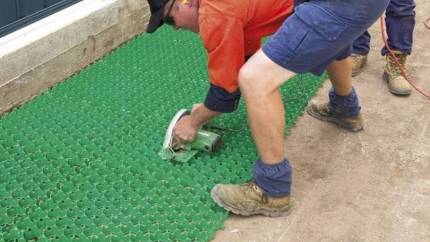
EconoGrid 40® Grass Pavers
Ideal for all traffic types, these grass pavers are sustainable for emergency routes, overflow parking or general strengthening. This option is far cheaper that concrete pavements and still provides a natural look. This is a fantastic solution for commercial properties looking to maintain the council's "soft landscape" requirements.
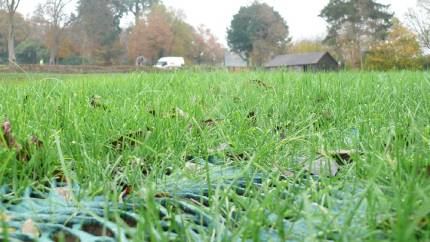
Grass Reinforcement Mesh
Grass reinforcement mesh is made of recycled UV stabilised materials and is 100% eco-friendly.
It can be used commercially or residentially to create extra parking space or to strengthen the ground. You don't have to replace damaged grass when you can get grass reinforcement mesh!
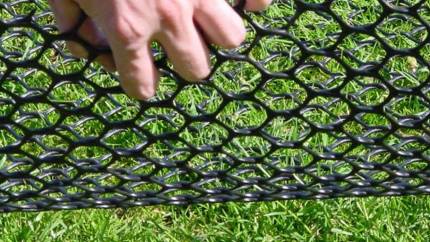
Turf Reinforcement Mesh
For lighter traffic such as wheelchairs, bikes and golf-carts, turf reinforcement mesh is the ideal solution for you. Made from high quality plastics, this product is durable and will remain invisible once the turf has grown long enough.
Discover more about this ideal permanent or temporary solution.
How our grass pavers can help you
Residential
Having beautiful lawn is an important feature for our homes. And maintaining them is just as important. Grass reinforcements for residential use are an easy yet effective solution to strengthening your lawn without compromising its aesthetic value.
What can grass reinforcement do for my lawn?
- DIY installation videos available.
- Prevents muddy surface especially in wet conditions.
- Creates an aesthetically pleasing grass cover
- Stops chicken scratching through the lawn
- Cars can park on lawn without damaging the grass
- Kids and dogs can run and play on the grass
- Stabilises soil that contributes to healthy growth of grass
- Mow grass without removing the grass reinforcement.
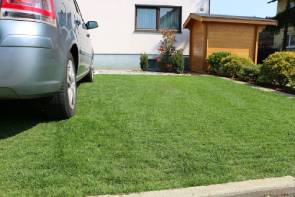


Commercial
Designed as a DIY installation All Stake Supply provide detailed downloadable installation instructions on this website or you can view our YouTube installation videos. Alternatively we can arrange accredited landscape companies to install the grass protection products.
When opening up each case study it jumps straight to the bottom can it keep the images still in frame?
What can grass reinforcement do for my property?
- A cost-effective alternative to concrete
- Grassed area suitable for parking & emergency vehicles
- Creates a pleasing and slip-free covering for an open area
- Creates a durable access route for pedestrians and vehicles
- Perfect for making extra parking for events, visitor or staff
- 100% fully recyclable
- Provides a hardy grass protection in car parking bays
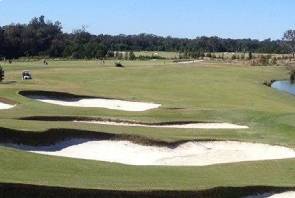
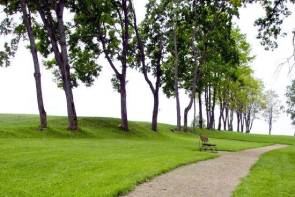

Our Grass Pavers are Easy to Install
Now that you’ve bought grass pavers, you’ll need to start installing them. However, installing grass pavers isn’t as simple as setting and forgetting.
To install your grass pavers, you’ll need to do the following:
Assess the site
Before you do any work, you’ll need to assess the site that you’ll be laying the pavers on. Some of the questions that’ll you’ll need to ask are “What is the current condition of the soil?” and “Does the site drain naturally?” Another aspect you’ll need to look for is if the ground you’re installing on is sloped. If it is, one of our friendly staff will be able to guide you on how to install on a sloped surface.
Compact the sub-grade
The sub-grade is the deepest point of the soil that you’ll need to access. This layer is calculated after all the depths of all the layers above have been calculated, with the calculation being dependent on the amount of traffic that the ground is predicted to bear. Once you have reached the sub-grade, it is best that you compact it to make sure that you have an even working surface.
Fill the sub-base layer
Above the sub-grade is the sub-base layer, which will need to be made of a hard-wearing material that allows for easy draining, such as aggregate or angular stones. Once you have made this layer to the required depth, you’ll need to compact it to keep your working space as level and workable as possible. If you’re worried about not being able to keep the sub-base layer level, place a geogrid mesh. This will not only fill in some of the space that you’ll be using, but will also reduce unevenness that can occur.
Fill the bedding layer
The last layer of soil that you’ll need to fill is the bedding layer. The bedding layer should consist of at least 40mm of sandy soil, which will be used to build a strong layer of grass once the pavers have been laid. This layer must be no more than 50mm to avoid affecting the structural integrity of the other layers.
Laying the grass pavers
Once all the layers have been set out and filled, you’ll be able to set the grass pavers. Although our grass pavers are known for their strength and durability, they are able to be cut with a handsaw, which can allow you to fill in corners and other difficult to fill spaces.
Filling in the pavers
When the pavers have been laid, they can be filled in with a layer of soil and grass that’s approximately 5mm high, to make sure that the grass will remain uncompacted when faced with traffic. Once the grass has been planted, it’s best to wait to make sure that the grass matures enough to the point where it can withstand traffic and where the roots can intertwine with the pavers, strengthening the driveway. On average, the grass should be mature enough to withstand traffic after 6 to 8 weeks.
If you follow these steps, you should end up with a permeable driveway that’s strong, aesthetically pleasing and easy to maintain. If you’re looking to learn more about what type of grass pavers you’ll need, or if you have some enquiries about grass pavers or your site, talk to one of our experienced and friendly team members today on 1300 130 123!
FAQS
How can I determine which grass pavers are right for me?
Our website houses a lot of information about which grass pavers work best for individual situations. We are also available to chat about your needs on 1300 130 123.
How often will I need to replace my grass pavers?
Grass pavers will not need to be replaced ever.
Do you offer council/trade discounts for grass pavers?
Yes. We offer quantity discounts.
Are all your grass pavers made with recycled materials?
Our TruckGrid max is made from recycled plastics and we do offer Econogrid40TM which is environmentally friendly.
What is the maximum load per m2?
150 ton is the maximum load per Econogrid, which is more than sufficient for most uses.
Find out more
To get the perfect grass pavers solution for your home or business contact All Stakes Supply today at 1300 130 123. Our friendly staff can guide you in choosing the best and most functional grass paver or reinforcement mesh.
